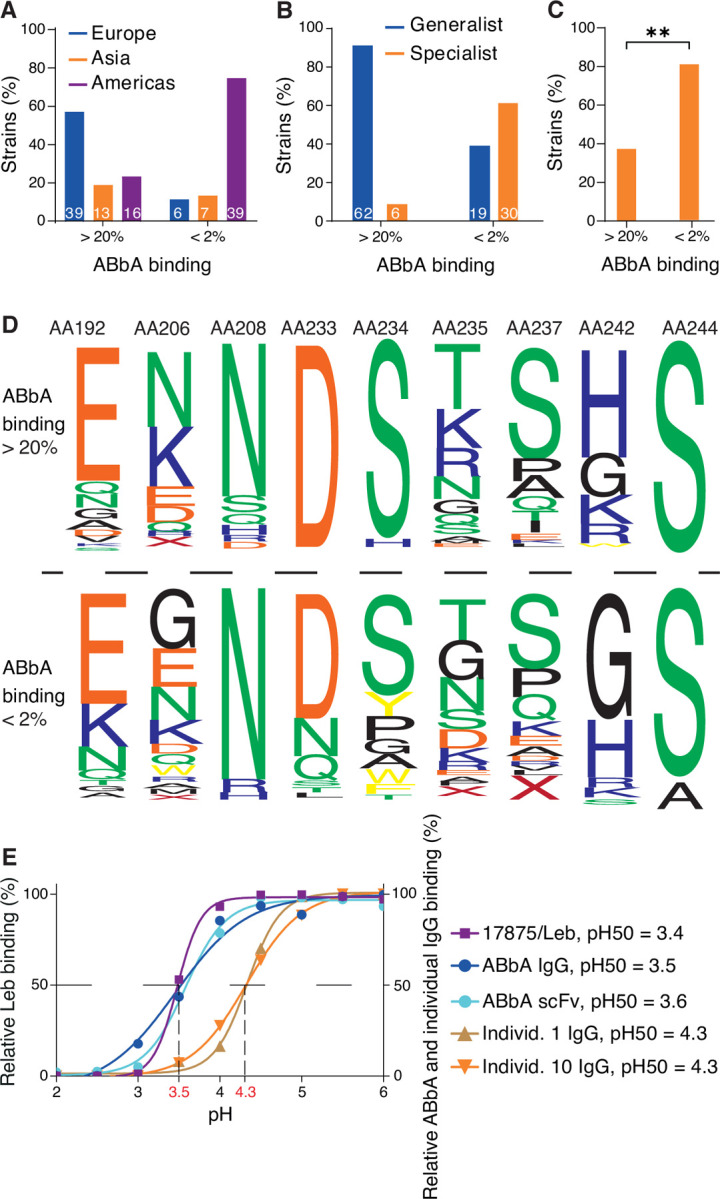Fig 6. The ABbA global binding epitopes and their acid sensitivity in binding.

(A) ABbA binding strength is higher (>20% binding of 125I-ABbA) among European isolates, whereas it is lower (<2% binding) among the majority of Indigenous American/Latin American isolates (Table S6), and the Asian isolates are distributed over both groups.
(B) Strains with the specialist binding preference are 5-fold more prevalent among strains with low ABbA-binding strength (<2% binding) (Table S6).
(C) The great majority of the Indigenous American/Latin American specialist strains have low ABbA binding strength (Table 6B), p<0.0017**.
(D) The BabA web logo is based on the alignment of the series of amino acid positions that demonstrate replacements between strains that bind ABbA with high strength (>20%, 62 strains) vs. low strength (<2%, 43 strains) (Table S6) with a focus on positions E192K, K/N206G, D233N/X, S234G/A/W/Y/X, K/R/Q235D/G, S237E/D/K/R/Q, and K/R/H242G.
(E) The acid sensitivity profiles, denoted as pHgrams, were determined by incubation of H. pylori with 125I-Leb in the pH 2–6 14. The dashed line shows when half of the Leb binding remained, i.e., 17875/Leb pH50 = 3.4. A similar procedure was applied for profiling ABbA-scFv, ABbA-IgG, and Fc-purified IgG from individuals 1 (Figure 1B) and 10 (Figure 1D) (Figure S5I).
